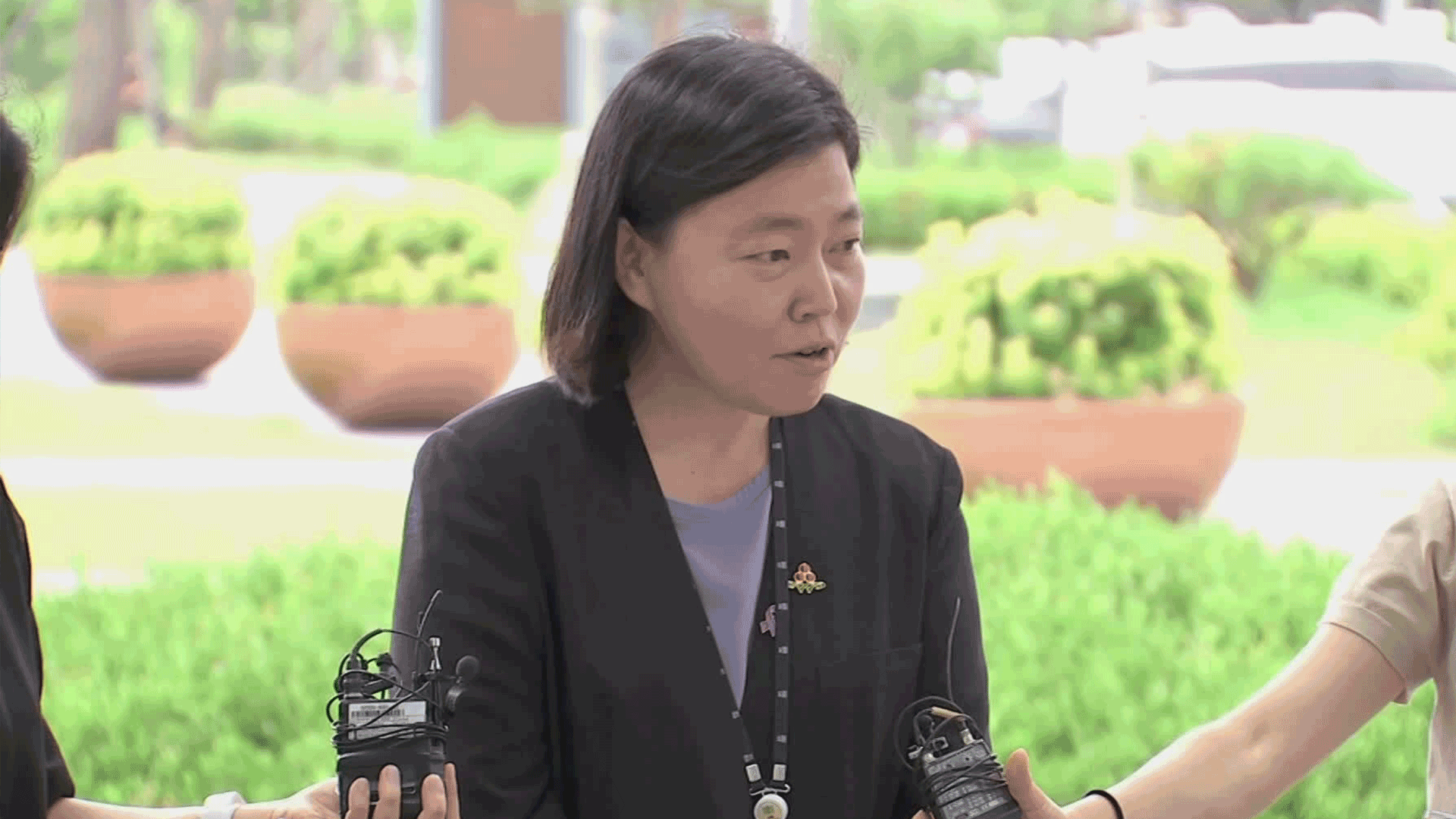[News Today] Excessive sodium intake in Korea
입력 2025.07.02 (15:33)
수정 2025.07.02 (15:36)
읽어주기 기능은 크롬기반의
브라우저에서만 사용하실 수 있습니다.
[LEAD]
Ramyeon, kimchi, soups, and stews...foods Koreans enjoy are delicious, but at the same time loaded with sodium. Now, a new report shows that the average daily sodium intake in Korea is 1.6 times higher than the level recommended by the World Health Organization.
[REPORT]
Salt sprinkled into an already savory blood sausage soup.
Spicy kimchi and side dishes accompany the main dish.
Koreans typically enjoy salty food, but are not particularly interested in the amount of sodium that goes into what they eat.
Kim Yeong-hyun / Goyang resident
After eating out, I always drink a lot of water when I come home and then realize the food was salty.
Excessive sodium intake can cause high blood pressure and diabetes.
The food ministry surveyed the public's sodium consumption over five years from 2019 and found an average daily intake of 3,136 milligrams.
This equals about eight grams of salt, which is 1.6 times the level recommended by the World Health Organization.
Instant ramyeon and dumplings were the number one source of sodium intake at 15.3% followed by kimchi and then soup and stews.
Across all age groups, ramyeon and kimchi were the leading dishes through which people consumed the most sodium.
In particular, men consumed 1.4 times more sodium than women.
By age group, people in their 30s and 40s consumed the most, likely due to frequent dining out with high-sodium foods.
Kim Han-sol / Seoul resident
The food tastes saltier when eating out because people consider that tastier.
To cut sodium intake, it's best to eat out less and choose milder dishes.
Lee Soon-ho / Nat'l Institute of Food and Drug Safety Evaluation
Use kelp and anchovy powder. For ham and sausage, blanch them in boiling water.
As proven to be effective overseas, one suggested measure is to require warning labels on high-sodium food.
■ 제보하기
▷ 카카오톡 : 'KBS제보' 검색, 채널 추가
▷ 전화 : 02-781-1234, 4444
▷ 이메일 : kbs1234@kbs.co.kr
▷ 유튜브, 네이버, 카카오에서도 KBS뉴스를 구독해주세요!
- [News Today] Excessive sodium intake in Korea
-
- 입력 2025-07-02 15:33:55
- 수정2025-07-02 15:36:32
[LEAD]
Ramyeon, kimchi, soups, and stews...foods Koreans enjoy are delicious, but at the same time loaded with sodium. Now, a new report shows that the average daily sodium intake in Korea is 1.6 times higher than the level recommended by the World Health Organization.
[REPORT]
Salt sprinkled into an already savory blood sausage soup.
Spicy kimchi and side dishes accompany the main dish.
Koreans typically enjoy salty food, but are not particularly interested in the amount of sodium that goes into what they eat.
Kim Yeong-hyun / Goyang resident
After eating out, I always drink a lot of water when I come home and then realize the food was salty.
Excessive sodium intake can cause high blood pressure and diabetes.
The food ministry surveyed the public's sodium consumption over five years from 2019 and found an average daily intake of 3,136 milligrams.
This equals about eight grams of salt, which is 1.6 times the level recommended by the World Health Organization.
Instant ramyeon and dumplings were the number one source of sodium intake at 15.3% followed by kimchi and then soup and stews.
Across all age groups, ramyeon and kimchi were the leading dishes through which people consumed the most sodium.
In particular, men consumed 1.4 times more sodium than women.
By age group, people in their 30s and 40s consumed the most, likely due to frequent dining out with high-sodium foods.
Kim Han-sol / Seoul resident
The food tastes saltier when eating out because people consider that tastier.
To cut sodium intake, it's best to eat out less and choose milder dishes.
Lee Soon-ho / Nat'l Institute of Food and Drug Safety Evaluation
Use kelp and anchovy powder. For ham and sausage, blanch them in boiling water.
As proven to be effective overseas, one suggested measure is to require warning labels on high-sodium food.
이 기사가 좋으셨다면
-
좋아요
0
-
응원해요
0
-
후속 원해요
0















이 기사에 대한 의견을 남겨주세요.